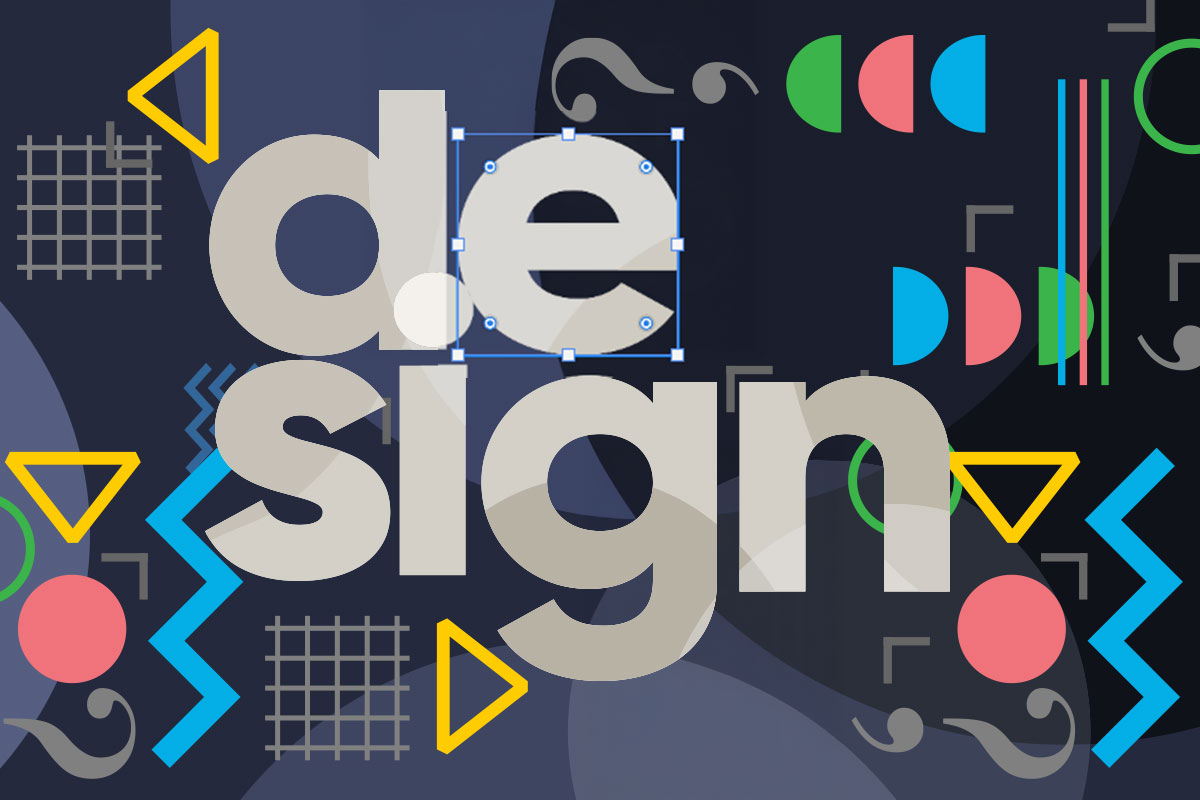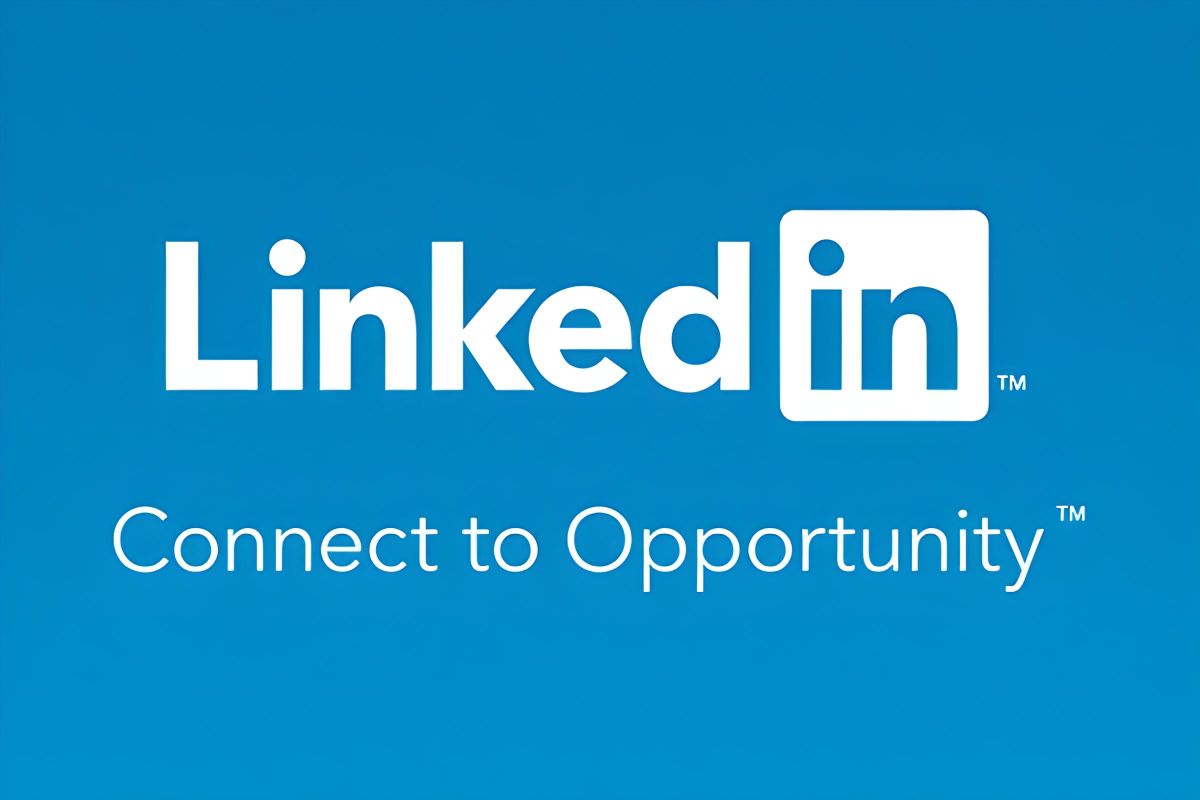The Evolution of Entertainment in the Digital Age
The landscape of entertainment has undergone a seismic shift in recent years, driven by rapid advancements in technology and the relentless pursuit of digital innovation. From the days of traditional television and film to the current realm dominated by streaming services and social media, the digital transformation in entertainment has fundamentally altered how audiences consume and interact with content. This evolution is not just a fleeting trend; it represents a profound change in cultural consumption, accessibility, and engagement.
A New Era of Accessibility
The rise of the internet has democratized access to entertainment, breaking down geographical and socio-economic barriers. Gone are the days when viewers were tethered to cable subscriptions or limited to local theaters. Now, a vast array of content is just a click away, available on various devices from smartphones to smart TVs. This newfound accessibility has empowered consumers to curate their viewing experiences, choosing what, when, and how they engage with content.
The advent of streaming services like Netflix, Hulu, and Disney+ has revolutionized the industry, providing audiences with a seemingly endless buffet of movies, series, and documentaries. This shift not only caters to diverse tastes but also allows for the discovery of niche genres and independent films that may have previously flown under the radar. This level of access has transformed passive viewing into an active exploration of personal interests, resulting in a more engaged and discerning audience.
Impact of Streaming Services on Media
The impact of streaming services on media consumption cannot be overstated. These platforms have disrupted traditional distribution models, altering the way films and television shows are produced, marketed, and consumed. No longer reliant on conventional release schedules, content creators can now experiment with formats and storytelling methods.
Binge-watching has become a cultural phenomenon, allowing viewers to consume entire seasons of a series in one sitting. This practice has changed the narrative structure of storytelling, with many shows now designed to be consumed in long arcs rather than episodically. The immediacy and convenience of streaming have also spurred the phenomenon of “watercooler culture,” where discussions about the latest episodes occur in real time across social media platforms, further enriching the communal experience of entertainment.
However, this shift is not without challenges. The saturation of content available can lead to decision fatigue, as audiences grapple with an overwhelming array of choices. The phrase “paradox of choice” aptly describes this dilemma; while having many options is generally positive, too many can lead to indecision and dissatisfaction. This creates an interesting dynamic where streaming platforms must continually innovate and curate content to capture and retain viewer attention.
How Technology Shapes Entertainment Consumption
The influence of technology on entertainment consumption is profound and multifaceted. Beyond streaming services, advancements in artificial intelligence (AI), virtual reality (VR), and augmented reality (AR) are reshaping how audiences engage with content.
AI algorithms analyze viewing habits, offering personalized recommendations that enhance the user experience. This tailored approach not only increases viewer satisfaction but also helps platforms optimize their content offerings. Moreover, VR and AR are transforming immersive experiences, allowing users to engage with narratives in unprecedented ways. Whether it’s experiencing a concert from the front row or exploring fantastical worlds in video games, these technologies are redefining the boundaries of storytelling and audience interaction.
Social media platforms have also become vital components of the entertainment ecosystem. They serve as avenues for marketing, community building, and even content creation. Platforms like TikTok and Instagram have given rise to a new generation of content creators, who can produce and share entertainment that resonates with audiences on a personal level. This shift has blurred the lines between professional and amateur content, making it increasingly difficult to discern the traditional hierarchies of entertainment production.
Trends in Digital Entertainment Platforms
As the entertainment landscape continues to evolve, several key trends are emerging within digital platforms. One notable trend is the rise of subscription-based models. Consumers are increasingly willing to pay for ad-free experiences and exclusive content, leading to the proliferation of various subscription services. This shift is not limited to traditional media; even gaming platforms like Xbox Game Pass and PlayStation Now are adopting similar models, allowing users access to extensive libraries of games for a flat monthly fee.
Moreover, the integration of social features into streaming platforms is becoming more prevalent. Services are beginning to incorporate social media-like elements, enabling users to share recommendations, create watch parties, and discuss content within the platform. This trend enhances community engagement and fosters a sense of belonging among viewers, enriching the overall entertainment experience.
Another critical trend is the growing emphasis on diversity and inclusion in content creation. Audiences are increasingly demanding representation across all forms of media. This shift is prompting studios and creators to explore diverse narratives and collaborate with underrepresented voices, enriching the storytelling landscape and fostering a more inclusive entertainment culture.
Conclusion
The digital transformation in entertainment has irrevocably changed the way content is created, distributed, and consumed. With the rise of streaming services, the impact of technology, and evolving audience expectations, the entertainment landscape is more dynamic than ever. This evolution has opened doors to new possibilities, allowing for richer experiences, diverse storytelling, and global connectivity.
As audiences continue to embrace these changes, the industry must remain agile, adapting to the ever-shifting demands of consumers. The future of entertainment is not just about technological advancements; it’s about creating meaningful connections and engaging narratives that resonate with a diverse, global audience. Embracing these trends will ensure that entertainment continues to inspire, entertain, and enrich lives in the digital age.





